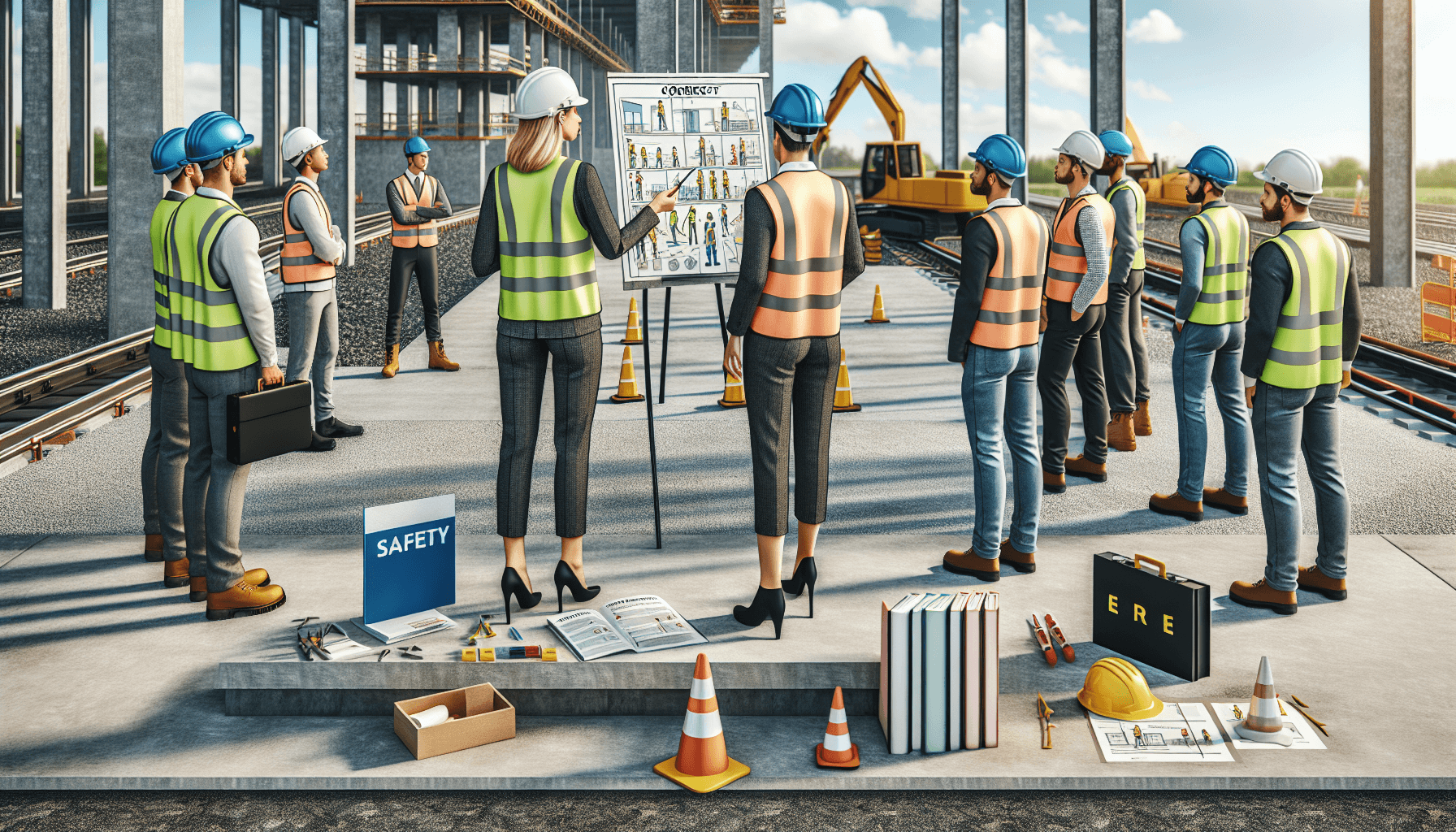When it comes to warehouse operations, safety should always remain a top priority. One critical aspect of ensuring the safety of warehouse workers is implementing an effective walkway safety training program. By providing proper training and guidance, you can minimize the risk of accidents, injuries, and potential fatalities in your facility.
The Importance of Walkway Safety
Walkway safety is crucial in any warehouse environment. With the constant movement of workers, forklifts, and equipment, there is a high potential for accidents to occur. Slips, trips, and falls are some of the most common accidents that can happen in a busy warehouse. However, by implementing an efficient walkway safety program, you can reduce these risks and create a safer working environment for your employees.
Here are some key benefits of having a well-designed walkway safety training program:
- Reduced Accidents: By educating your staff on walkway safety best practices, you can significantly reduce the number of accidents in your warehouse. This includes identifying potential hazards, teaching proper foot and body positioning, and promoting awareness of surroundings.
- Increased Productivity: When employees feel safe and confident in their workplace, they are more likely to perform at their best. By prioritizing walkway safety, you can enhance overall productivity levels, as fewer accidents mean less downtime and fewer disruptions in daily operations.
- Improved Morale: A safe working environment contributes to higher employee morale and job satisfaction. When workers feel that their well-being is valued, they are generally more engaged and motivated to perform their tasks efficiently.
- Cost Savings: Implementing a walkway safety program can also lead to cost savings for your business. By reducing accidents and injuries, you can minimize workers’ compensation claims, insurance costs, and potential legal liabilities.
Key Steps to Implement a Walkway Safety Training Program
To establish an effective walkway safety training program in your warehouse, consider following these key steps:
- Conduct a Safety Assessment: Begin by conducting a thorough safety assessment of your warehouse facility. Identify potential hazards, such as slippery floors, uneven surfaces, cluttered walkways, and blind spots. This evaluation will help you prioritize areas that require immediate attention.
- Develop Safety Guidelines: Based on the safety assessment results, develop comprehensive safety guidelines specifically tailored to your warehouse environment. Include guidelines for proper walkway maintenance, housekeeping practices, personal protective equipment (PPE) requirements, and safe pedestrian-forklift interactions.
- Create Training Materials: Create engaging and informative training materials that cover all aspects of walkway safety. These materials may include safety videos, handbooks, posters, and interactive presentations. Incorporate clear instructions, real-life examples, and visuals to ensure better understanding and retention of information.
- Deliver Interactive Training Sessions: Conduct interactive training sessions with your warehouse staff to educate them about walkway safety best practices. These sessions should be conducted by knowledgeable trainers who can effectively communicate the importance of walkway safety and provide practical demonstrations.
- Provide Ongoing Training: Walkway safety training should not be a one-time event. Regularly provide refresher courses and updates to reinforce safety protocols and address any emerging concerns or changes in your warehouse environment.
- Encourage Reporting and Feedback: Establish a system that encourages employees to report potential hazards or safety concerns. By creating an open and responsive environment, you can proactively address any safety issues and continuously improve your walkway safety program.
Additionally, consider incorporating advanced technological solutions to further enhance walkway safety in your warehouse. For example, HCO Innovations offers a Forklift Pedestrian Detection System that uses advanced sensors to detect the presence of pedestrians near forklifts, providing timely alerts to both forklift operators and pedestrians. This system can greatly reduce the risk of accidents and promote a safer working environment. Learn more about the Forklift Pedestrian Detection System.
Conclusion
A walkway safety training program is essential for any warehouse aiming to create a safe and efficient working environment. By prioritizing walkway safety, providing comprehensive training, and utilizing advanced technologies, you can reduce accidents, enhance productivity, and improve employee morale. Remember, investing in the safety and well-being of your workforce is a wise investment that reaps long-term benefits for your business.

